Cats have long been admired for their mysterious and independent nature, captivating humans for centuries. A key aspect of their allure is their unique perspective of the world, particularly their visual perception. While cats may seem enigmatic, science provides us with insights into how they see the world in ways that are often quite different from our own. This article delves into the fascinating world of feline vision, exploring nine surprising facts about how cats perceive their surroundings.
Cats See Better in Dim Light
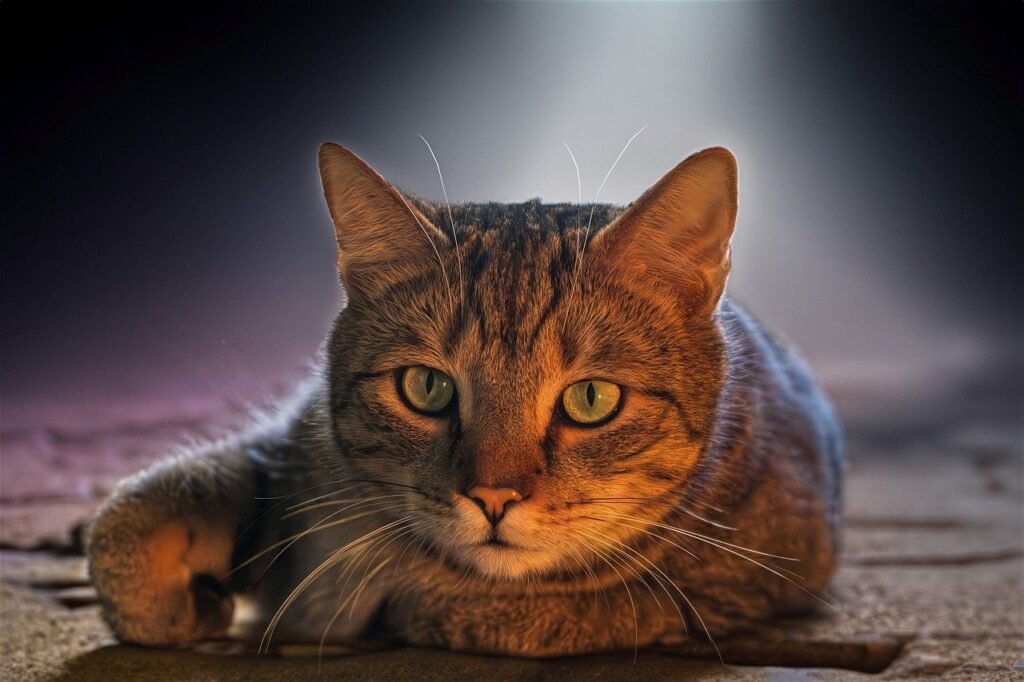
One of the most intriguing aspects of feline vision is their ability to see in low-light conditions. Cats have a high number of rod cells in their retinas, which are responsible for detecting light. This adaptation allows them to hunt efficiently at dawn and dusk, the times when their natural prey is most active. Their eyes can gather more light than human eyes, making them excellent nocturnal hunters.
Tapetum Lucidum Enhances Night Vision
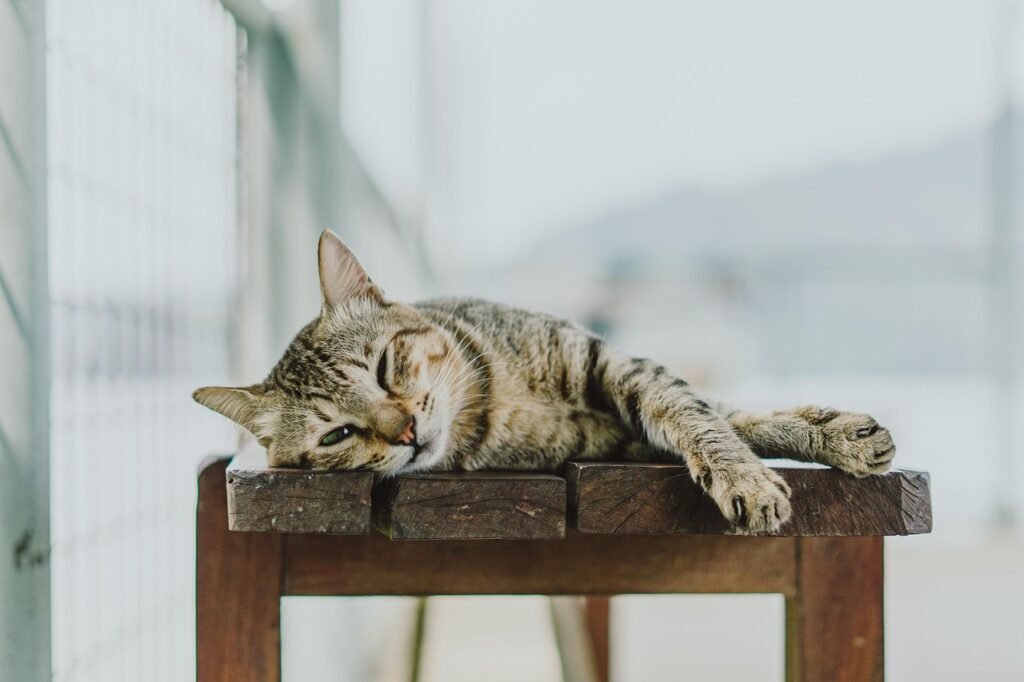
Aiding cats’ night vision is a special layer of tissue behind the retina called the tapetum lucidum. This mirror-like structure reflects light that passes through the retina back into the eye, giving the rod cells a second opportunity to capture light. This is why cats’ eyes seem to glow in the dark when light shines on them and helps enhance their ability to see in the dark.
Limited Color Perception
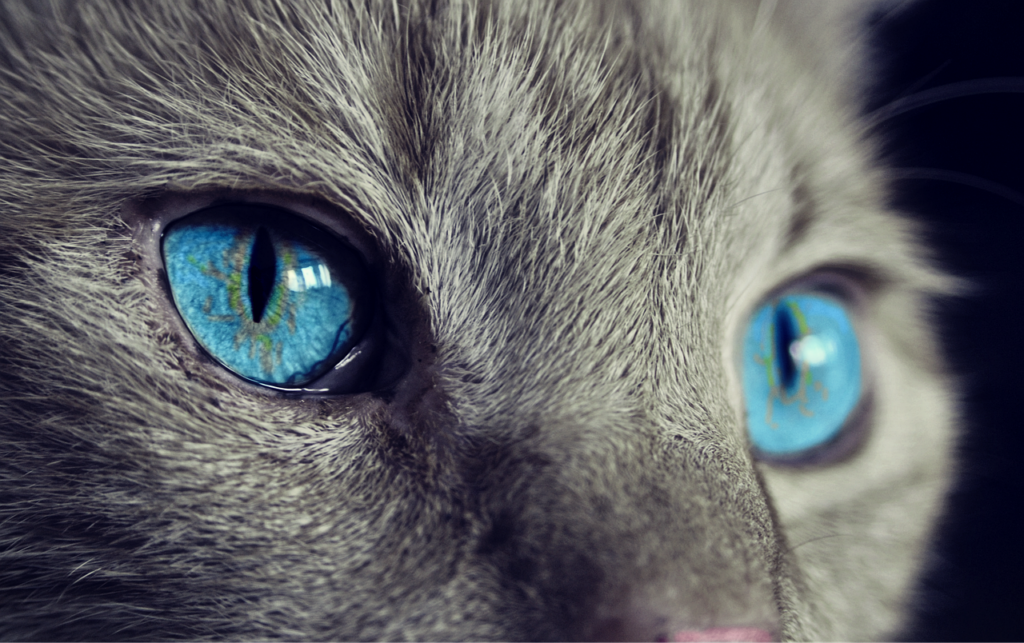
While humans can see a wide spectrum of colors, cats have a more limited color range. Their eyes are mostly adapted for detecting motion rather than colors. Cats see in shades of blue and green, but reds and pinks may appear as gray or indiscernible to them. This is similar to the vision of humans with red-green color blindness.
Exceptional Motion Detection
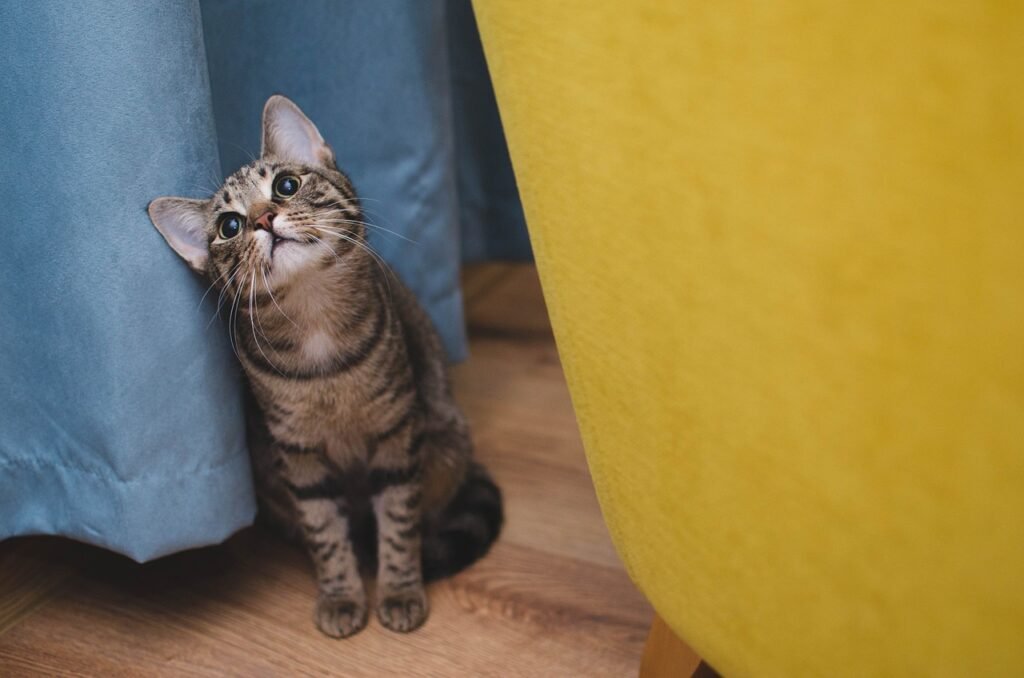
Cats are incredibly adept at detecting motion, a crucial skill for spotting prey. The combination of a high concentration of rod cells and an evolutionary need to track swift movements has made cats proficient at noticing even the slightest changes in their environment. This ability ensures that they can react quickly to catch fast-moving objects or animals.
Wide Field of Vision
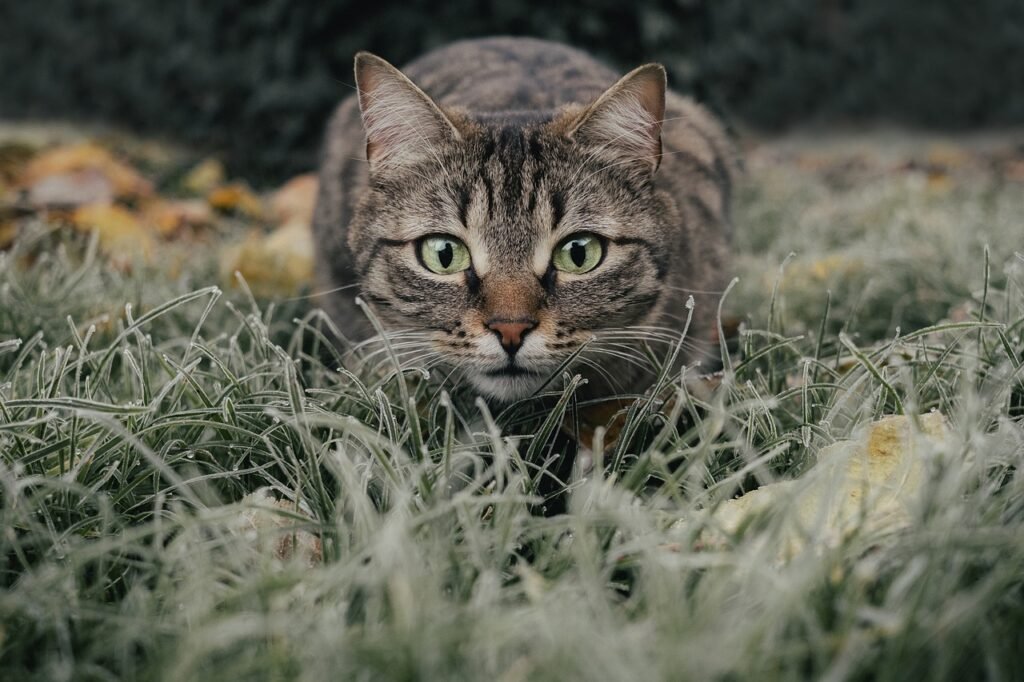
Another remarkable feature of cat vision is their wide field of view. While humans have a field of vision of around 180 degrees, cats can see about 200 degrees. This broader field of vision allows them to be aware of more of their surroundings without needing to move their heads frequently, an advantage when scanning for potential threats or prey.
Distance and Focus
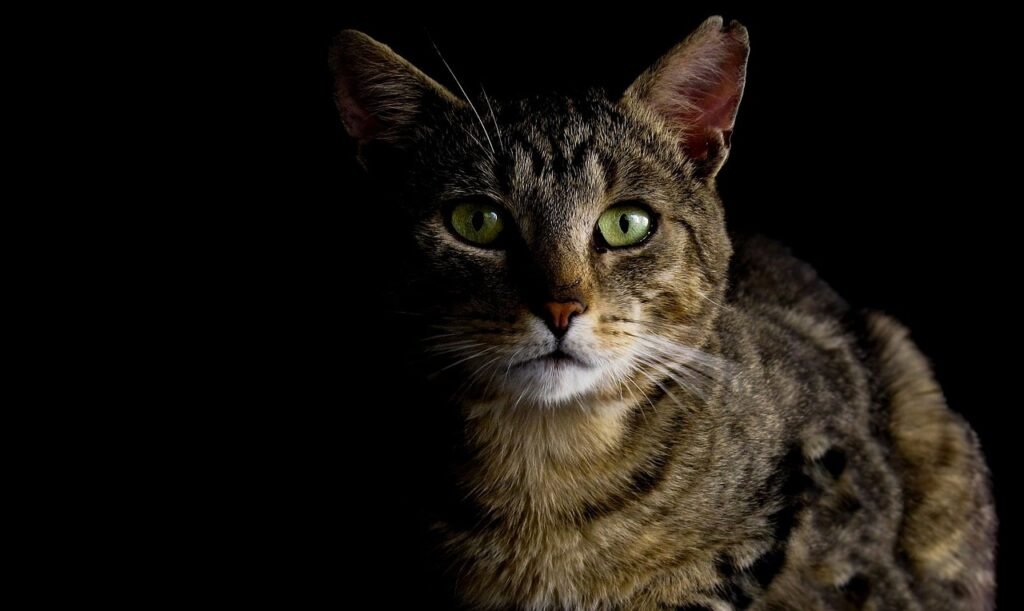
Cats generally have a more nearsighted vision compared to humans. Objects that are too close or too far can appear blurry to them. They are best suited for seeing things at a distance of two to six meters, which is perfect for hunting. Anything beyond this range might not be as clear, but it’s not a significant disadvantage for their natural predatory skills.
Sensitivity to Rapid Light Changes
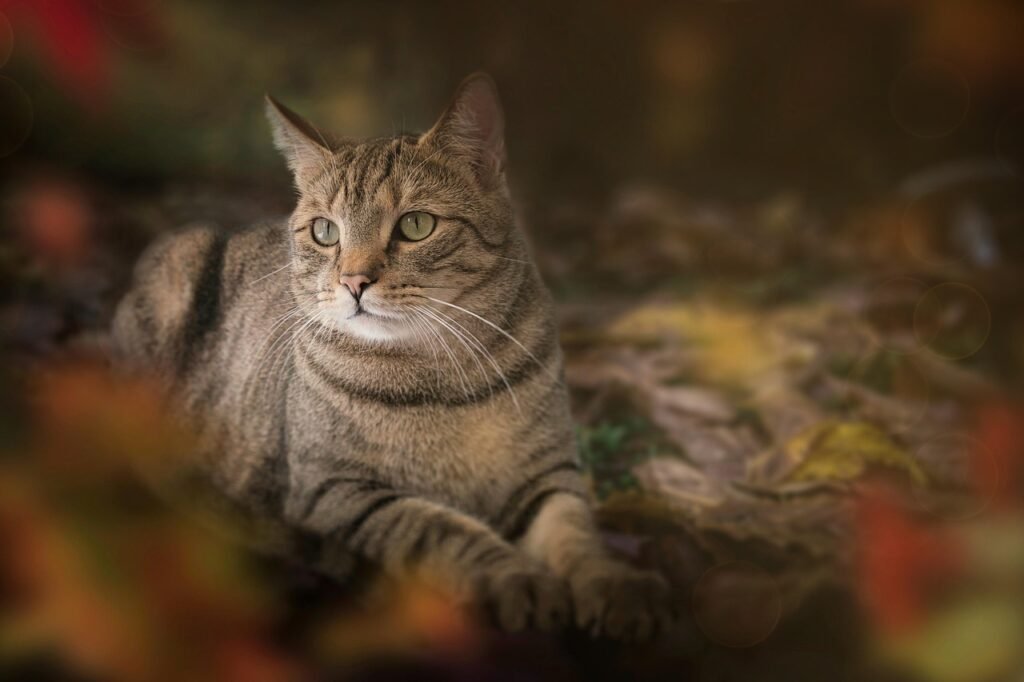
Cats’ eyes are highly sensitive to changes in brightness and intensity of light. In addition to the tapetum lucidum, their pupils can rapidly expand and contract in response to light, allowing them to adapt quickly to different lighting conditions. This adaptability is beneficial for efficiently adjusting from bright environments to darker ones.
Understanding Depth Perception
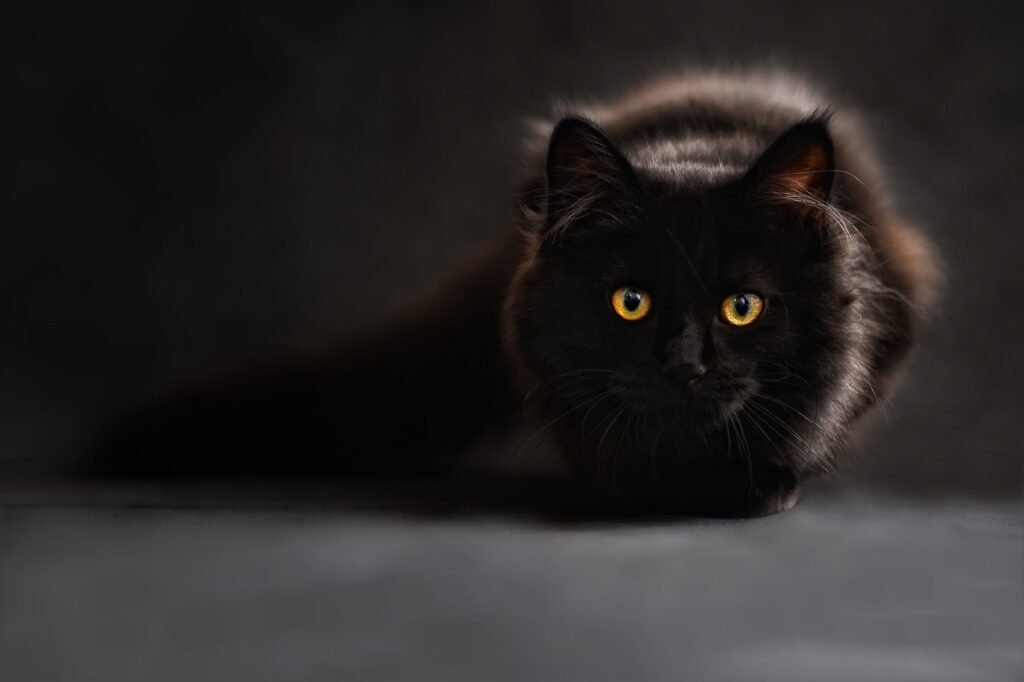
Felines have good depth perception, which aids in their jumping and hunting abilities. Their forward-facing eyes provide overlapping fields of vision, necessary for judging distances accurately when pouncing on prey. While not as advanced as human depth perception, it is sufficient for their survival needs.
Unique Eye Adaptations
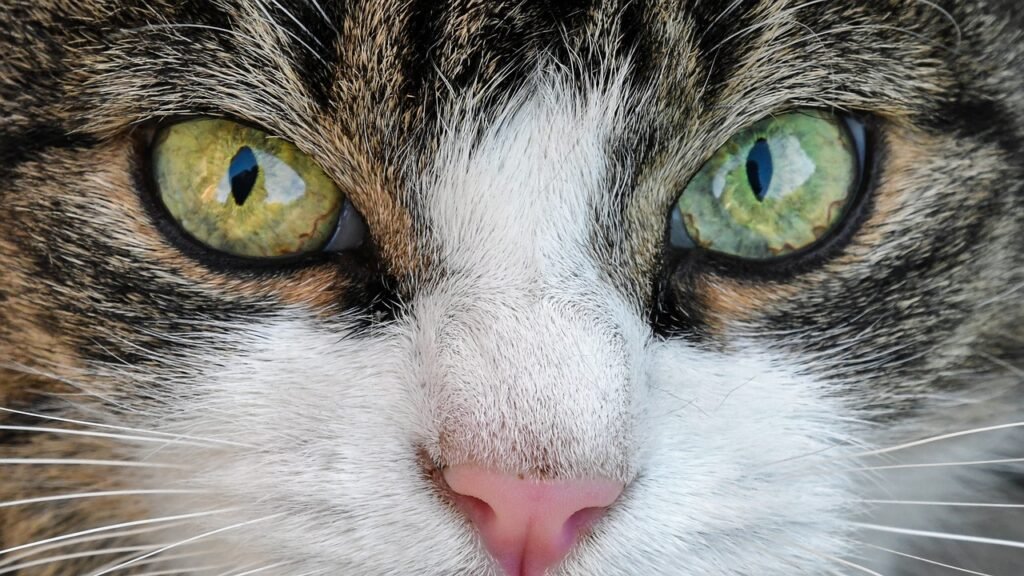
Cats have some unique features when it comes to their eyes. Notably, their slit-shaped pupils can open and close much faster than round pupils. This helps feline predators maximize their control over how much light enters their eyes, a crucial adaptation for both protecting their sensitive eyes from bright daylight and maximizing every bit of light at night.
In summary, cats possess a remarkable array of visual adaptations that have evolved to suit their predatory lifestyle. From excellent night vision to acute motion detection, these traits ensure that cats remain efficient and stealthy hunters. Understanding these aspects of feline vision not only demystifies their behavior but also deepens our appreciation for these fascinating creatures. Whether you’re a cat owner or a feline enthusiast, these insights offer a glimpse into the extraordinary world through a cat’s eyes.

Suhail Ahmed is a passionate digital professional and nature enthusiast with over 8 years of experience in content strategy, SEO, web development, and digital operations. Alongside his freelance journey, Suhail actively contributes to nature and wildlife platforms like Feline Fam, where he channels his curiosity for the Feline into engaging, educational storytelling.
With a strong background in managing digital ecosystems — from ecommerce stores and WordPress websites to social media and automation — Suhail merges technical precision with creative insight. His content reflects a rare balance: SEO-friendly yet deeply human, data-informed yet emotionally resonant.
Driven by a love for discovery and storytelling, Suhail believes in using digital platforms to amplify causes that matter — especially those protecting Earth’s biodiversity and inspiring sustainable living. Whether he’s managing online projects or crafting wildlife content, his goal remains the same: to inform, inspire, and leave a positive digital footprint.






